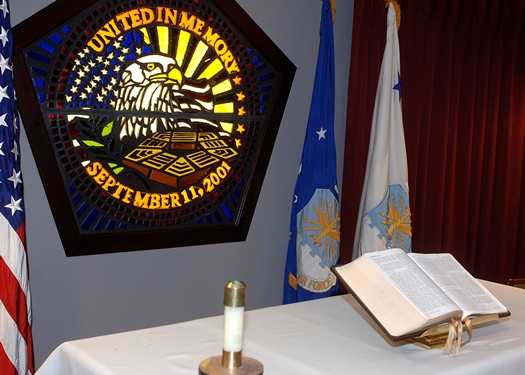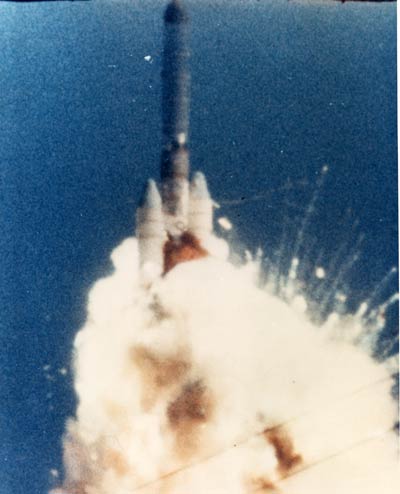Five years ago today — March 9, 2007 — an Atlas V rocket launched from Cape Canaveral, carrying a half-dozen small satellites for the military’s Space Test Program.

(Space Test Program Atlas V launch. United Launch Alliance image, linked from http://www.boeing.com/news/releases/2007/q1/070309a_pr.html.)
The six satellites launched were
- FalconSat 3, a 54 kg picosatellite built by USAF Academy cadets to “monitor ambient plasma” and test a “micropropulsion attitude control system”
- STPSat 1, a 158 kg microsatellite to “collect atmospheric data and demonstrate spacecraft technology advances”
- OE-NEXTSAT, a 226 kg minisatellite built “to test capabilities for autonomous rendezvous, refueling and component replacement”
- OE-ASTRO, a 952 kg satellite built, like OE-NEXTSAT, to “test capabilities for autonomous rendezvous, refueling, and component replacement”
- MidSTAR 1, a 118 kg microsatellite to test electrochemical membranes for NASA and a microdosimeter for the National Space Biomedical Research Institute
- CFESat, a 156 kg microsatellite built by Los Alamos National Laboratory to test advanced technology including an on-board supercomputer
The Space Test Program is part of the Air Force’s Space Development and Test Directorate.
















